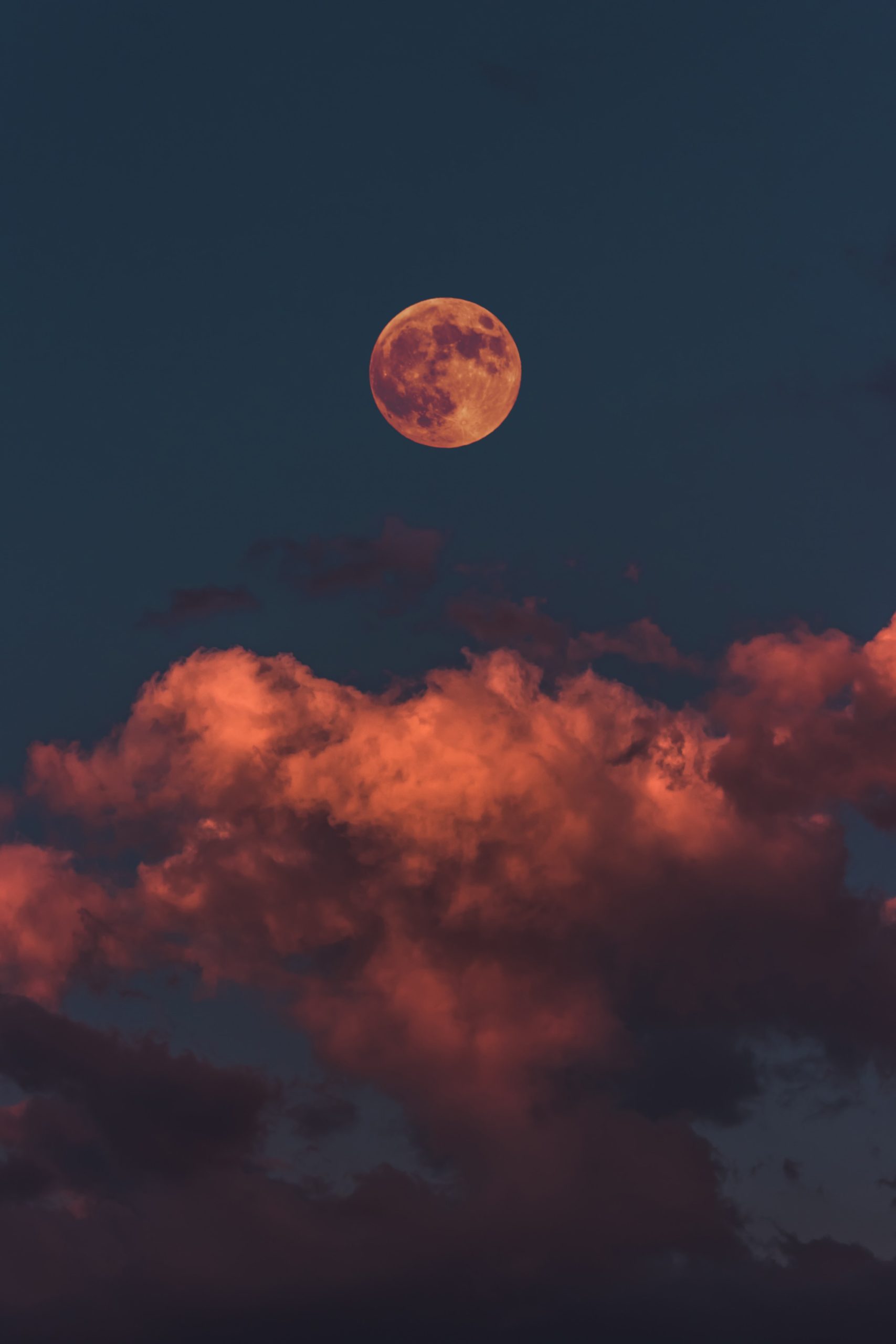The Significance of the Moon in Different Cultures
The moon, Earth’s only natural satellite, has captivated humankind throughout history. Its radiance in the night sky has been a source of inspiration, mythology, and cultural significance for countless civilizations. No matter the era or location, people have interpreted the moon’s presence in various ways, attaching deep symbolic meanings to its phases, cycles, and celestial beauty. In this blog post, we will explore the significance of the moon in different cultures, delving into the mythology, rituals, and beliefs surrounding this celestial wonder.
1. Ancient Mesopotamia
In ancient Mesopotamia, the moon held a prominent position in religious and cultural practices. The Babylonians, for instance, worshipped the moon god Sin, who was associated with wisdom and fertility. They believed that the moon governs human emotions, the tides, and agricultural cycles. The Mesopotamians also developed a complex lunar calendar, dividing the year into twelve lunar months.
2. Ancient Egypt
In ancient Egypt, the moon was associated with the goddess Thoth, the deity of wisdom, writing, and magic. Egyptians believed that the moon had a significant influence on the agricultural fertility of the Nile River, and they used lunar calendars to track time and plan their agricultural activities.
Furthermore, the moon played a vital role in Egyptian mythology. The god Khonsu, depicted as a man with a lunar disk on his head, was believed to control the passage of time and heal illnesses. The moon was interconnected with the afterlife as well, as it helped guide the souls of the deceased to the realm of the gods.
3. Ancient Greece and Rome
The ancient Greeks and Romans were captivated by the moon’s enchanting beauty. To the Greeks, the moon was associated with Artemis, the goddess of the hunt and the guardian of chastity. They believed that the moon was a symbol of femininity and bestowed healing powers upon Artemis.
Romans, on the other hand, associated the moon with Luna, who represented the divine embodiment of the moon. Luna was believed to have control over the changes in human emotions, particularly during the night.
4. Ancient China
In ancient Chinese culture, the moon played a crucial role in the Lunar New Year celebrations, where families gathered for festive activities. The moon symbolized family unity and harmony and was believed to bring good luck and fortune for the year ahead.
Moreover, the moon held a significant place in ancient Chinese folklore and mythology. The legend of Chang’e, the Moon Goddess, tells the tale of a woman who consumed an elixir of immortality and ascended to the moon, where she resides to this day. The Mid-Autumn Festival, also known as the Moon Festival, is a celebration of her tale, marked by the sharing of mooncakes, lighting of lanterns, and family reunions.
5. Native American Cultures
The moon played a central role in the spiritual beliefs and ceremonies of many Native American cultures. For example, the Lakota Sioux consider the moon a sacred being and hold Moon Ceremonies to honor its cycles and phases. These ceremonies were believed to bring healing, guidance, and balance to individuals and communities.
The Navajo tribe, on the other hand, believed that the moon governs the cycles of time and fertility. Moonlight was seen as a source of blessings that nurtured crops and facilitated healing.
6. Islamic Traditions
The moon holds great significance in Islamic traditions, as the Islamic calendar follows a lunar-based system. The sighting of the new moon marks the beginning of the holy month of Ramadan, during which Muslims fast from dawn to sunset. The lunar calendar also determines important religious events such as Eid al-Fitr and Eid al-Adha.
Additionally, the moon is mentioned in numerous Quranic verses and is viewed as a symbol of God’s guidance and creation. Its phases are deeply intertwined with Islamic spirituality, with the crescent moon often appearing as an emblem for the faith.
7. Contemporary Cultural Influence
Even in contemporary times, the moon continues to influence cultural beliefs and practices. From literature and poetry to music and art, the moon’s romantic allure serves as a muse for creative expression. It represents love, mystery, and the human desire to explore the unknown.
The moon’s symbolism is also evident in popular culture, with moon-themed tattoos, jewelry, and fashion becoming increasingly popular. Moreover, the fascination with space exploration and the possibility of future moon colonies demonstrate the enduring impact of the moon on our collective consciousness.
Conclusion
The moon’s significance in different cultures spans millennia, encompassing a diverse range of beliefs, rituals, and mythologies. It has been revered and worshipped, serving as a source of guidance, inspiration, and interconnectedness. Across the globe, the moon’s luminous presence continues to captivate and enchant us, reminding us of both our shared human history and our awe-inspiring universe.
So, the next time you gaze up at the night sky and see the moon in its various phases, take a moment to appreciate the rich cultural tapestry that binds us to this celestial companion.
Table of Contents
